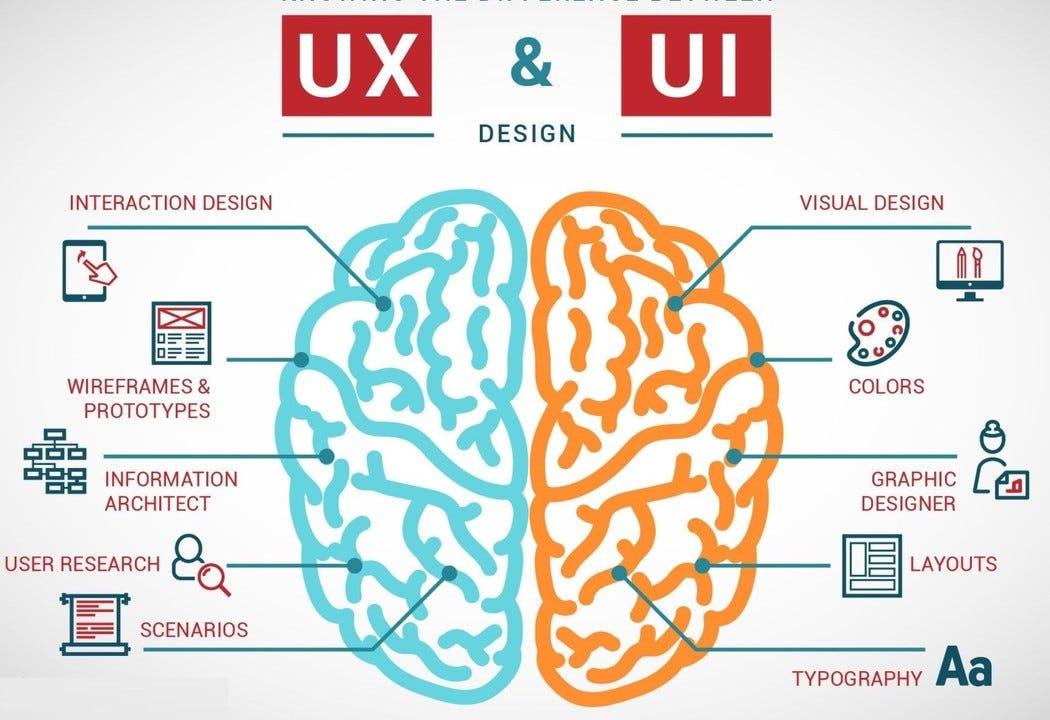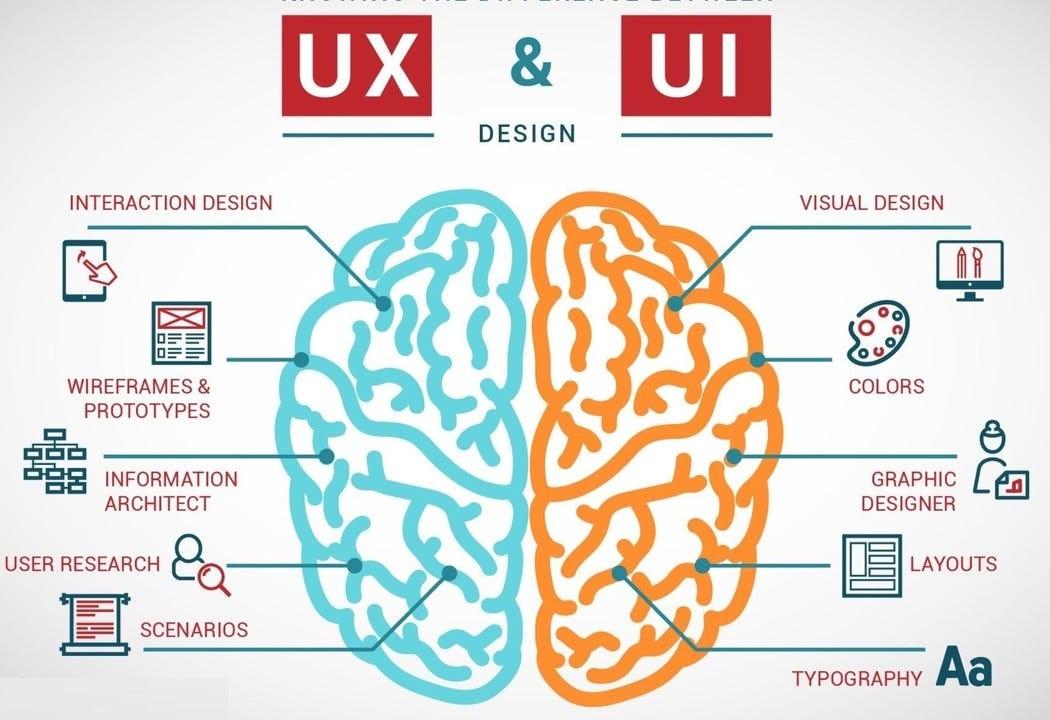The Impact of Micro interactions on User Experience

Micro interactions are small, sometimes disregarded UI/UX design components that have a significant impact on improving user experience. Small design elements like this can improve the intuitiveness and engagement of interactions.
The little, frequently overlooked components of a user interface that have a significant impact on the overall user experience are called micro interactions. They consist of notifications, button replies, animations, and other minute details that direct user activities and offer feedback. Micro interactions, although small in scope, can significantly influence consumers' perceptions and interactions with a product. The function of micro interactions in UI/UX design is examined in this article, along with how they improve user experience by introducing an element of engagement and intuitiveness.

1. Enhancing User Engagement
Micro interactions capture users' attention and make interactions more engaging. Whether it is a button changing color when clicked or a notification gently sliding in, these minute details keep users engaged and provide a sense of satisfaction.
2. Providing Feedback
Feedback is a critical component of user experience. Micro interactions provide immediate feedback to users, confirming their actions and informing them of the system's response. This helps users understand the results of their interactions and reduces uncertainty.
3. Guiding User Behavior
Micro interactions can guide user behavior by providing subtle cues. For example, an animation that shows the next step in a process or a tooltip that offers additional information can help users navigate the interface more effectively.
4. Adding Personality to the Interface
Micro interactions add personality and character to the interface. They can make a product feel more human and relatable, creating a positive emotional connection with users. Thoughtfully designed micro interactions can reflect the brand's personality and enhance the overall experience.
5. Improving Usability
Micro interactions improve usability by making the interface more intuitive. Simple animations and transitions can explain functionality and provide context, helping users understand how to interact with the product without requiring explicit instructions.
Conclusion:
Even though they are tiny and subtle, micro interactions are essential to UI/UX design. Micro interactions make a user experience more natural and fulfilling by boosting user engagement, offering feedback, directing behavior, adding personality, and enhancing usability. These are the kinds of things that designers ought to consider, since they have a considerable influence on how people view and use a product. A well-designed micro interaction can improve the user experience in its entirety.
- Art
- Causes
- Crafts
- Dance
- Drinks
- Film
- Fitness
- Food
- Games
- Gardening
- Health
- Home
- Literature
- Music
- Networking
- Other
- Party
- Religion
- Shopping
- Sports
- Theater
- Wellness
- IT, Cloud, Software and Technology


